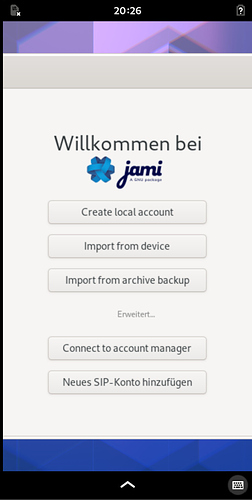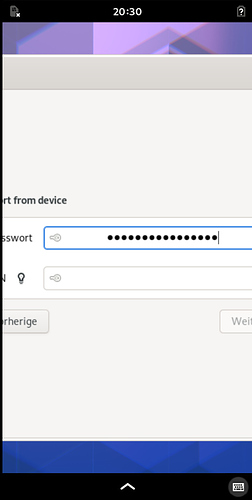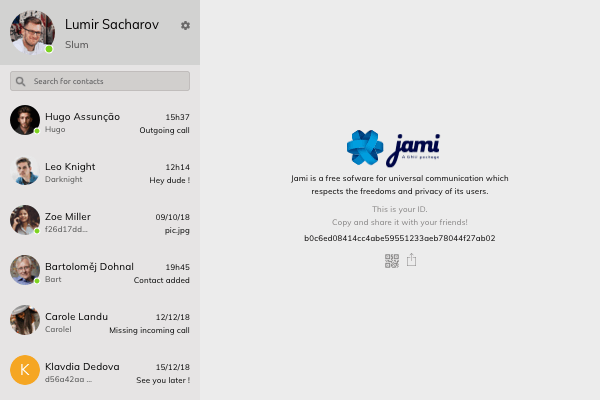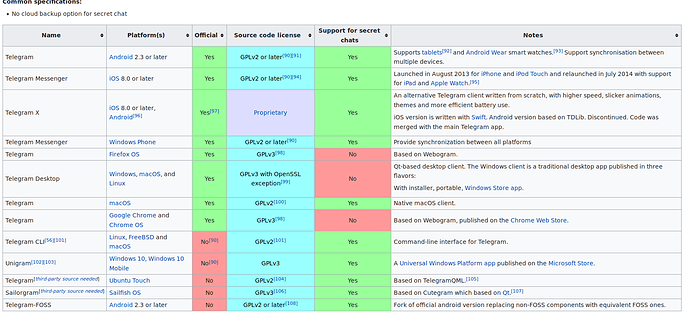Hi. Finally got some time, so let’s go.
if you ever got a devkit or Librem 5 of your own, would it be possible to run a Jami demo on it?
Sure. If I got a Librem 5, I will try the apps I use on a daily basis.
That alone may stir of up, not only interest, but bring others who are willing to contribute… maybe even crowdfund the development of Jami. Any thoughts?
Not convinced about that point. There is already a lot of platforms available, and more used than the Librem 5. Getting more contributions is due to a lot of things (accessible tools, docs, good communication/mentorship, etc)
So what’s the status of offline messages?
Short answer: it’s in progress, but a really slow progress. Long answer:
I think that “Offline messages” doesn’t really mean anything, but to change the words, users wants messages as soon as possible (when they connect, even if the peer is not here). In fact, this feature means two things:
- The ability to sync the conversation
- The ability to send/get the conversation from other devices
For 1. Actually, a conversation is just text messages stored in a database, without any logic structure, so it’s just not really possible. Sending the whole database is not possible in our context, because you can’t trust others (even your peer) to not send a fake history. For example, you cannot trust any timestamp sent by your contact or even another of your device. This point will totally change with group chats. The conversation will be a structured tree that you can validate. I can’t really explain more for now, but I will update the docs when we will be sure about the design (https://git.jami.net/savoirfairelinux/ring-project/wikis/Group-chat-feature-(design-draft))
For 2. When 1. will be done, we can imagine to sync with other present devices in the conversation. So, in a group, if only one another device is present, you will be able to get the conversation from the other device. This will work if there is some devices present at anytime. The only problem is if you have a conversation with only one peer. For this. there is two approachs I know to get “”““offline messages””“”".
- Like Briar, having an always up device (what they call a Broker), this can be hosted by a server or just a computer.
- Getting conversations from devices outside the conversation. A bit like ScuttleButt. But I don’t think we will ever do that.
uzanto We already replaced a lot of Ring occurences. But we can’t change all external packages. Anyway someone is currently taking care of changing our .deb and .rpm packages (From our repo, the official Ubuntu repo is not our call). (Personal opinion)Changing a name is a pain in the ass.
rekotc
is Jami going to have an official forum?
There already is a Gitlab, a Mailing list, IRC, non official chats on Matrix, even a Reddit. I don’t think a forum is missing and I don’t think we want to host something like that. I only care about the gitlab and IRC for my part.
ChriChri
I also use tox.im. And yeah, both soft are pretty similar. Actually, issues are similar sometimes. For example, offline messages, sync, etc. But indeed, Jami is also a SIP phone.
joao.azevedo I joined the room. Thanks for the link











